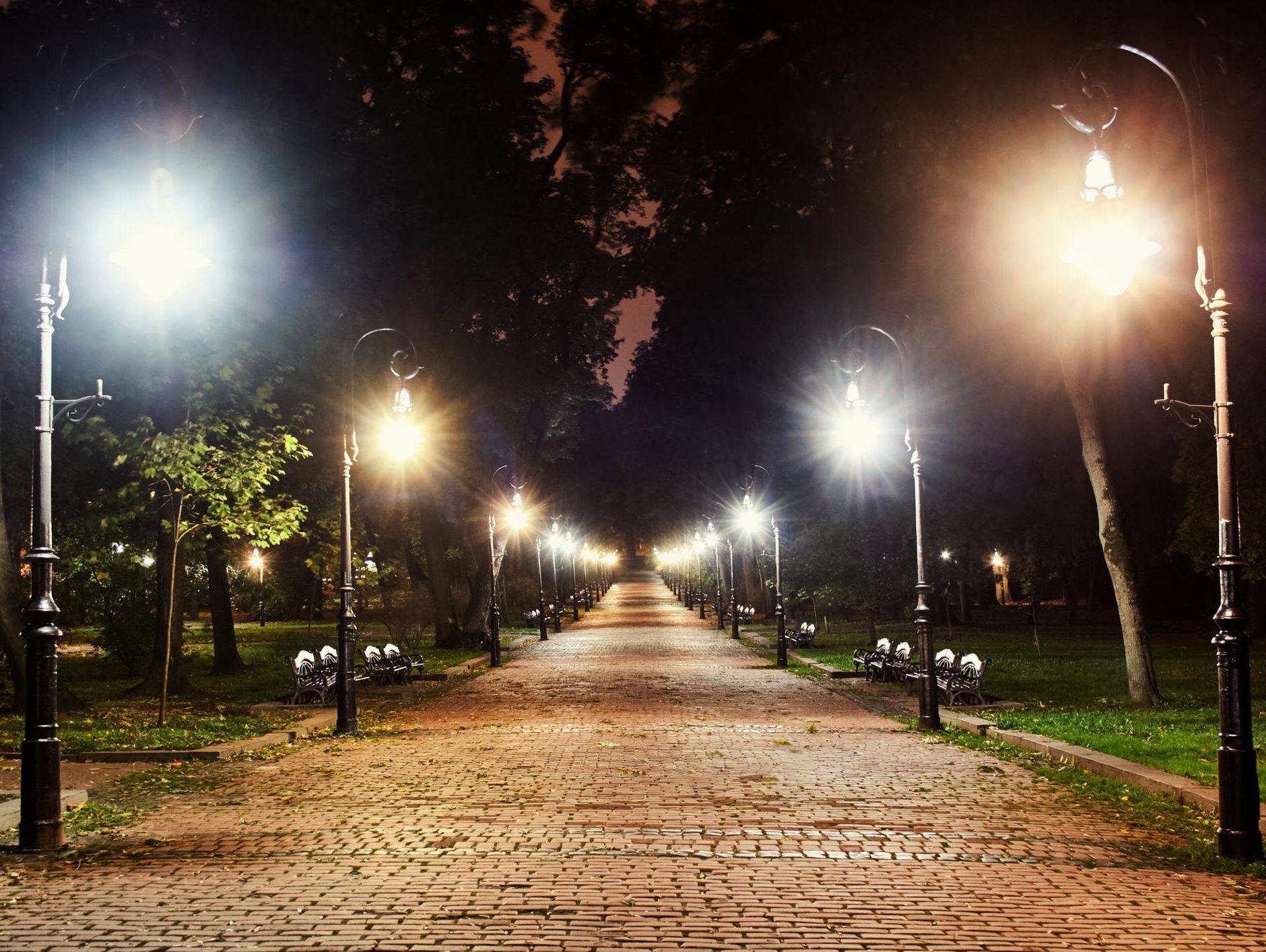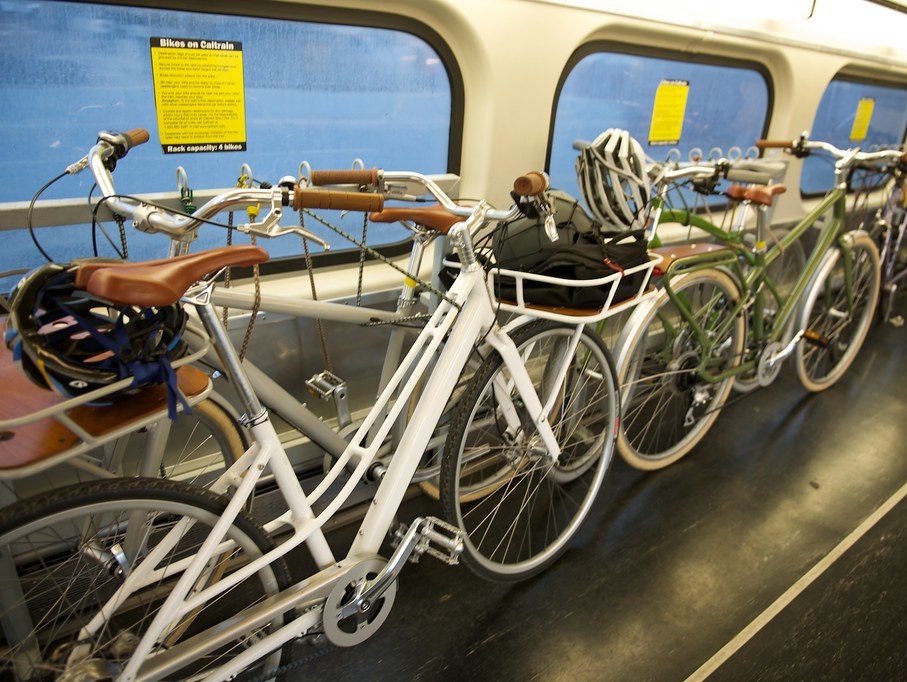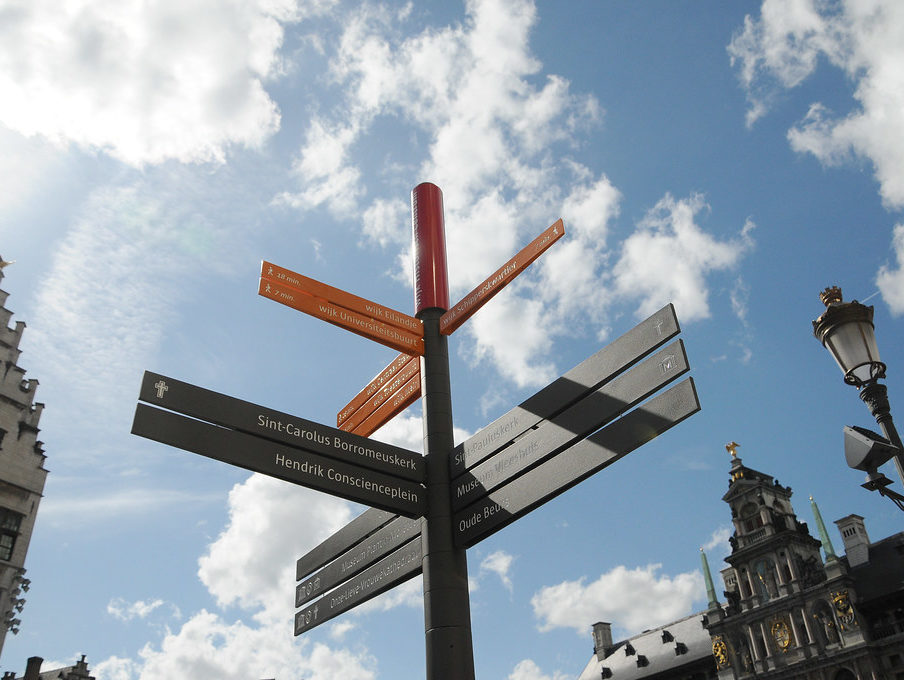Connected Walking and Cycling Routes
The creation of more connected, direct and accessible walking and cycling routes will help create more active communities- as the third principle of Sport England’s Active Design guidance highlights.
There are several barriers that must be addressed in order to encourage active travel and prioritise it over other modes of transport. Features of best practice to provide connected walking and cycling routes should include:
Re-design travel environments to prioritise pedestrian access and ensure safety
There should be a greater importance placed on designing travel environments to avoid conflicts between pedestrians and road users and make active travel feel safer. Wider, more level surfaces with greater separation from vehicle traffic provide a safer environment for connected walking and cycling routes to exist. Such changes will also make footpaths more accessible for all pedestrians, including wheelchair users and children. Therefore, by re-modelling the structure of roads to create clearer cycling and walking provision, more people will be attracted to engage in active travel.

Provision of the quality and safety of the pathways is a key instrument in ensuring that such lanes of transport are effectively utilised. By making the paths well-lit, safe and overlooked, they become more desirable for use and by ensuring that they are stable and well-maintained they are made more accessible for pedestrians of all ages, ability and travel type.
Another way that routes for active travel can be made safer is by controlling the speed limits of surrounding road users. This is an especially important consideration to make in areas with more pedestrians, such as around schools, as road crossing points become more frequent. The GO20 Campaign is an example of how such change can be implemented. It has seen speed limits in such built-up areas drop from 30 to 20mph in order to make roads more safe for everyone, especially walkers and cyclists.

Integrating active travel into a wider network
As part of incorporating active travel into a wider network, there should be more direct and clearly identified access to public transport to avoid the requirement of private vehicle use when possible. Although, sustainably, the preferred mode of travel would be to cycle or walk, public transport remains a more viable mode of transport than private vehicle use. Therefore, there should be significant consideration given to creating walking and cycling routes connecting public transport networks.
“Bike and Trains” by Hugger Industries is licensed under CC BY-NC-SA 2.0

Visible encouragement and wayfinding
To make pedestrians feel more confident in using walking and cycle routes, they should be clearly identifiable and sign-posted. This will help people understand the quickest active travel routes and thus create a network within which people can get between places while avoiding the use of roads. As well as this, the provision of sign-posting and circuit creations can be used to generate access links between locations. Implementers of active design should recognise the opportunity to create an interrelation between sport and leisure facilities by creating clear and connected active travel routes between them.
“Signposts” by VISITFLANDERS is licensed under CC BY-NC-ND 2.0
Further guidance is available on supporting activity for all through Sport England’s Active Design guidance and the additional resources identified below.
Penny for your thoughts…
Are you enjoying Healthy Place Making? We love to hear from our community about what’s proving useful, and what may be missing that they’d like to see somewhere on the site. Please get in touch using the ‘Contact Us’ button at the top of the page to share your feedback!
